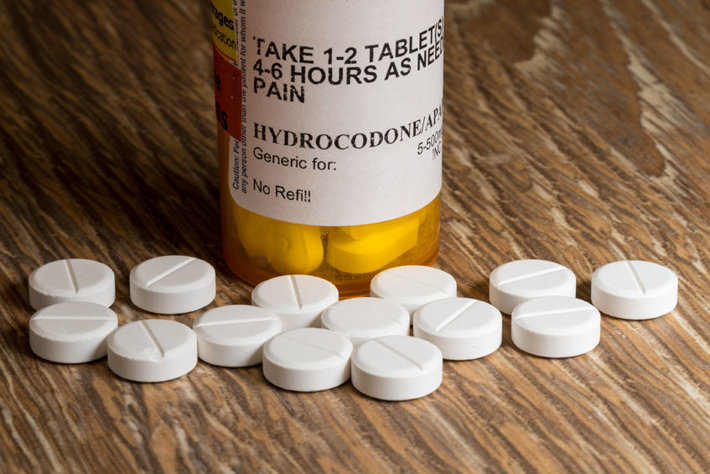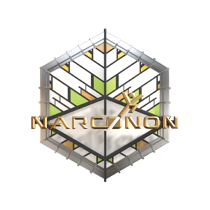Opiate Warning: Hydromorphone, Hydrocodone, and Oxycodone

The abuse of drug substances has long been a problem in our country, and according to the National Institute on Drug Abuse, it currently costs our country roughly seven hundred billion dollars every year in lost work productivity, health care, and crime. Even while government, healthcare and law enforcement officials seek ways to effectively address and resolve this problem, it continues to grow and evolve. Perhaps one of the most insidious offenders is a family of drug substances that is often recommended by medical doctors, and yet has the highest rates of addiction out of all drug substances: opiates.
What Kind of Drugs are Opiates
Opiates are natural or synthetic drug substances that are derived from the Asian opium poppy plant and are used in the management of pain--especially severe and chronic pain. Unfortunately, in addition to relieving pain by interrupting the body’s ability to communicate pain, opiate drugs can also produce euphoric effects that users find to be highly desirable. Tolerance, dependence, and addiction to opiates can occur rapidly, and even when the individual is no longer experiencing physical pain they will yet seek to continue taking opiates in order to continue experiencing the desired euphoric effects of these drugs. Unfortunately, increasing tolerance to drug substances and therefore higher doses of drug substances can drive an individual to do whatever they feel they need to in order to obtain more opiates—which can include stealing from others (even family members or friends) and purchasing less expensive illicit opiates like heroin. Even if an individual who is addicted to opiates determines that they have a problem and they need help, severe withdrawal symptoms often force them to keep taking the drug.
There are currently many different types of opiates, but some of the more commonly abused opiates include oxycodone, hydrocodone, and hydromorphone. Oxycodone is commonly known by the brand names OxyContin, Percodan, Percocet, Roxicodone, and Roxicets. When oxycodone was first developed, manufacturers insisted that it wasn’t dangerously addictive even while medical associations encouraged doctors to seek out better pain management solutions. The result was a surge in oxycodone prescriptions and use a few years before the truth about its highly addictive nature became obvious. For individuals who needed better pain relief than was available elsewhere, oxycodone was welcome, but there were also other individuals who became addicted to an opiate painkiller that was stronger than what they actually needed. Today, an addiction to oxycodone is likened to an addiction to heroin—it can be just as dangerous to the individual’s health and life and just as difficult to recover from.
Hydrocodone is commonly known by the brand names of Vicodin, Norco, and Lortab. Hydrocodone is very similar to oxycodone in that it can help to suppress moderate to severe and chronic pain, and has many of the same side effects and problems with tolerance, dependence, and addiction when used at high doses or over long periods of time. Hydromorphone is an opiate that is specifically used for the long-term treatment of moderate to severe pain, where other options and pain medications fail. It is available as an oral liquid, an immediate-release tablet, an extended-release tablet, an injectable solution and a suppository. Pain relief from hydromorphone that is taken orally or through injection normally begins within fifteen to thirty minutes and lasts for about five hours. Hydromorphone’s potency is several times greater than morphine’s potency, which means it is also several times more dangerous than morphine. In fact, substances that contain hydromorphone are more potent than hydrocodone or oxycodone products.
An Important Point
One very important thing to bear in mind when it comes to opiates is that none of these substances can successfully treat the underlying cause of an individual’s pain. Rather, opiates simply change the individual’s perception of pain, making the condition more bearable. This means that if an individual is prescribed opiates as the only solution for treating their pain and no further action is taken, they will be essentially trapped in continued opiate use and eventual tolerance, dependence, and addiction.
An individual who is advised to take opiates would be wise to ask their medical doctor whether opiates are truly needed to comfortably manage their pain, or whether their pain can be controlled or managed in another, non-opiate form. If the doctor confirms that opiates are the best way to go, the individual should demand to receive the lowest possible dose of the least potent and addictive opiate (trying to avoid hydromorphone, hydrocodone, and oxycodone if possible). Furthermore, the individual needs to get their doctor’s help to determine exactly how they can successfully address the underlying cause of their pain and so move off the use of opiates as rapidly as possible.
If you or someone you know is suffering from opiate abuse or addiction, contact Narconon Arrowhead today at 800-468-6933.


